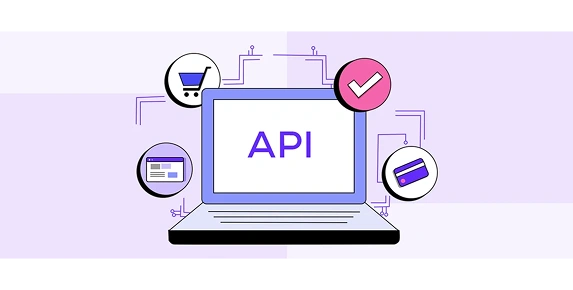By: Nilesh Jain
|
Published on: June 16, 2025
Startups face constant pressure to move fast, adapt to changes, and scale quickly. Choosing the right software architecture isn’t just a tech decision; it directly impacts your ability to grow. One approach gaining traction is microservices architecture, breaking down applications into smaller, independently deployable services.
But is microservices architecture for small businesses the right move? And if yes, when is the right time to switch?
Let’s break it down.
Monolith vs Microservices: What’s the Real Difference?
In a monolithic architecture, all components of your application, user interface, business logic, and database, are bundled together into a single codebase. It’s easier to start with, faster to deploy, and works well for early-stage MVPs.
But as your startup grows, things start to get complicated:
-
A small bug can affect the entire system.
-
New developers take time to understand the codebase.
-
Scaling one feature means scaling everything.
-
Deployments become slower and riskier.
That’s when startups begin thinking about switching to microservices.
What Are Microservices?
Microservices split your application into a collection of loosely coupled services. Each service is responsible for a specific feature or business function, such as user authentication, payment, and notifications. They can be built, deployed, and scaled independently.
This model works especially well when:
-
You have multiple development teams.
-
You're adding features rapidly.
-
You expect high growth or spikes in user activity.
Is Microservices Good for Startups?
Yes and no. It depends on where you are in your product journey.
Startups benefit from microservices when they reach a stage where:
-
Product features are growing fast.
-
Teams are facing deployment bottlenecks.
-
Codebase changes are slowing down development.
-
You need faster scaling to support user demand.
On the flip side, if you’re still iterating your MVP or figuring out product-market fit, microservices can overcomplicate things. Managing multiple services adds overhead, DevOps, testing, and inter-service communication, all of which can drain your limited resources.
When to Move from Monolith to Microservices
Here are signs that you're ready to switch:
-
Your product is stable and actively growing.
-
Your monolith has turned into spaghetti code.
-
You need separate teams to handle different parts of the app.
-
You’re planning to scale to new regions or user groups.
-
Deployment issues are becoming frequent.
If you relate to two or more of the above, it might be time to consider a startup microservices strategy.
Need expert guidance on this transition?
Benefits of Microservices for Startups
-
Faster Feature Releases: Teams work on independent services without stepping on each other’s toes.
-
Better Scalability: Only the services that need more resources are scaled, optimizing cost.
-
Tech Flexibility: Use different programming languages or frameworks for each service.
-
Improved Fault Tolerance: One service going down doesn't crash the whole application.
-
Easier Testing & Deployment: Focused, smaller codebases are easier to test and push live.
All these points contribute to building a scalable software architecture for startups.
Challenges to Expect
It’s not all smooth sailing. Switching too early can create more problems than it solves.
-
Requires a solid DevOps setup.
-
Needs monitoring and logging tools for distributed systems.
-
Demands investment in API gateways, service mesh, etc.
-
Requires skilled microservices developers who understand distributed design patterns.
Vervali provides microservices implementation services backed by strong QA and cloud-native infrastructure setups.
Microservices and Cloud: A Powerful Combo
Going microservices without the cloud is like building a sports car and leaving it in the garage.
Cloud-native microservices for startups take advantage of containerization (e.g., Docker), orchestration (e.g., Kubernetes), and scalable cloud storage. This brings:
-
Auto-scaling based on usage
-
Lower infrastructure costs
-
Faster recovery from failures
How Vervali Helps Startups Move to Microservices
We specialize in working with growth-stage startups to help:
-
Break down monoliths into microservices.
-
Set up CI/CD pipelines and deployment workflows.
-
Ensure reliable QA with end-to-end service testing.
-
Build scalable, modular apps that are ready for tomorrow.
Whether you need a microservices development company or end-to-end software testing and development company, we’re built to support your startup.
Frequently Asked Questions (FAQs)
When your monolith becomes hard to manage, and you need to scale or deploy features faster.
Yes, but ideally after product-market fit and a stable codebase.
Frequent deployment issues, slow feature rollout, and growing code complexity.
Not necessarily. Early-stage startups can function better with a monolith.
It involves breaking your app into modular services that can be scaled and deployed independently.
Start with a monolith, then move to microservices when the load and team size increase.
Yes, companies like Vervali specialize in this transition.











































































